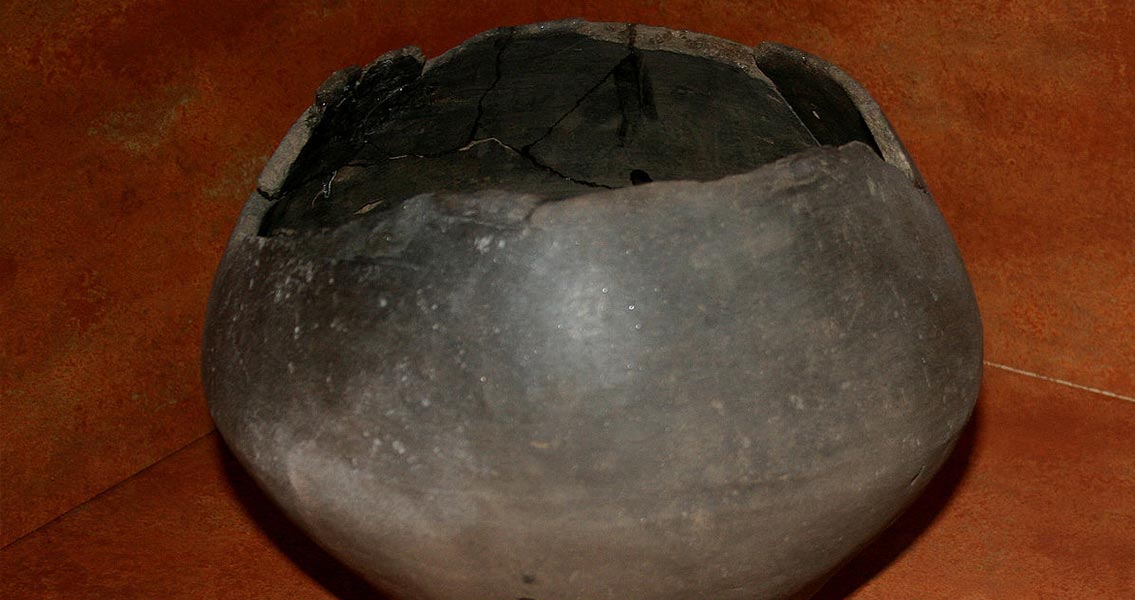<![CDATA[Archaeological excavations usually uncover items from a single, specific era. A recent dig in Kent however, has turned up a truly remarkable array of archaeological artefacts from a wide range of time periods. Bronze Age urns, Roman domestic objects and a complete Saxon skeleton have been unearthed during excavations in Aylesham, Kent. The oldest of the discoveries are likely to date back over 2,000 years. Archaeologists were alerted to the site by a construction company who are planning to expand Aylesham Garden Village. A spokesman for Aylesham Garden Village developers Barratt Homes and Persimmon Homes said, "we had anticipated the land would be of archaeological interest and employed a local archaeological company to liaise with the archaeologist at Kent County Council to ensure potential finds were appropriately and sympathetically dealt with." The team, led by Dr Paul Wilkinson of SWAT Archaeology, has uncovered some incredible finds. Bronze Age cremation urns have been found in a remarkable state of preservation. Urns from this time are particularly rare and offer valuable insight into ancient funereal customs. Roman domestic pottery was also found in ditches. "The Bronze Age urns are rare, exotic and wonderful and the ditches were full of very nice Roman domestic property so there was obviously a settlement nearby," Dr Wilkinson said in a statement. Kent was an important region in Roman Europe. Aylesham is about 20 miles away from the site of the Roman town of Durolevum, where Dr Wilkinson had already discovered some impressive Roman items. Archaeologists can find out a huge amount about human activity in an area by looking at what ancient people threw away. The Roman pottery which was discarded shows what normal people were using on a daily basis. One of the most impressive finds was a wonderfully well-preserved Saxon skeleton. The skeleton is thought to be 1,500 years old and is in a very good condition. Post-excavation work on the skeleton will be undertaken by Dr Chris Deter at the University of Kent. It is hoped that a significant amount of information can be discerned from the human remains. By analysing teeth and bones, researchers can work out whether they belonged to a native, or a member of an immigrant group. Teeth can also show what kind of diet these ancient individuals ate. The skeleton could provide valuable clues about population movement in the Saxon era. It has long been debated by historians when exactly a large influx of migrant groups, particularly from an area encompassing modern-day Denmark and the Low Countries, forced the native British westward. If the skeleton turns out to be of European origin, carbon dating will allow historians to pinpoint a specific date when these ancient population movements occurred. The excavations in Aylesham have provided a wealth of finds which experts will analyse more fully in the coming months. All of the finds will be offered to the Dover Museum for further analysis. The discoveries promise to reveal a tremendous amount of information about human settlement in Kent over the last 2,000 years. Image courtesy of: Roulex 45]]>
Saxon, Bronze Age and Roman Artefacts Found in Single Site
